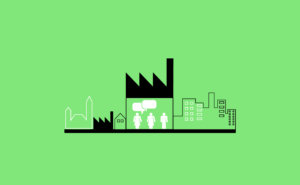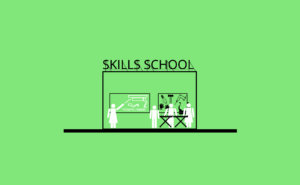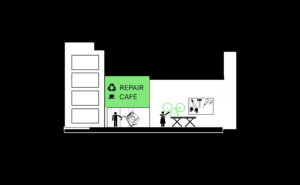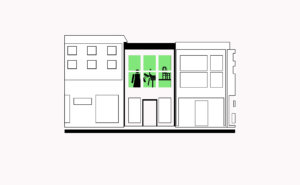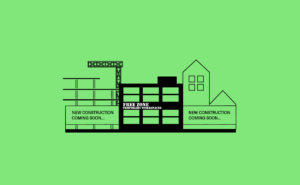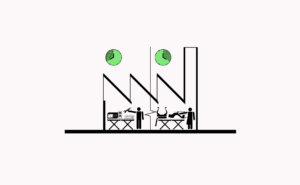
N.7 Local Design & Prototyping
Locating R&D testing facilities for manufacturing within knowledge hubs such as technology parks, innovation districts, and research centres promotes synergies in the use of technology and transfer of knowledge.
[Context] Capturing innovation is high on urban agendas. Attracting and retaining talent is considered to increase the competitive advantage of a city and raise its profile. To that end, and following triple-helix schemes that bring together industry, research centres and government (now referred to as quadruple-helix or penta-helix to include civil society and capital related actors), cities can gain much from developing zones where knowledge intensive activities are clustered and supported by legislation, policy and finance and where networking and interactions are promoted and facilitated. R&D depends on skilled manufacturers that are looking for ways to advance and develop products and services. In high performing economies, the R&D sector can create an entire cluster of its own, fitting into under Knowledge Intensive Business Services (KIBS). Manufacturers may employ local KIBS businesses to improve their products or production processes. This could be referred to as evolutionary development. KIBS businesses may also be providing R&D for fundamental research that can lead to important new breakthroughs or solutions, which can be referred to as revolutionary development. This type of development is often financed by public organisations but local manufacturers may be able to turn the research into new products or services.
[Problem] One common misconception is the assumption that simple physical clustering of businesses brings innovation. Guided by competition and differentiation, this misnomer tends to focus on very specific sectors, overlooking existing valuable local networks. Often, where top-down public intervention occurs, the result becomes a mere rebranding strategy for real estate operations in unproductive neighbourhoods or for large business parks focusing on services type activities. In fact, it is not enough to accommodate innovators and knowledge-intensive activities together, but it is also necessary to provide the spatial, knowledge and financial conditions that can lead to fruitful interaction and collaboration from the realisation of an idea to turning it into a market ready product or service. This involves linking research, prototyping and testing by creating connections to application, manufacturing and commercialisation. Without leading researchers and designers, it is challenging to break into new markets and innovate. This involves public commitment and stimulation.
[Forces] Local testing, R&D and analysis requires a wide range of complementary actors working together. While political ambition may desire a cutting edge centre for research and production, and despite adequate financing, rhetoric may not move into action. Likewise new ideas are generally built on old ones. Unless there is a history of research (researchers) and technical knowledge (technicians) to backup ambition, it will be difficult to lead to competitive results. The technology itself is not sufficient if the knowledge networks and culture have not been built and nurtured. Building a culture can take extensive investment and depend on long term business relationships. Public investment is foundational but requires commitments that surpass election cycles.
[Solution] Use planning and regeneration projects to embed testing and product prototyping, by connecting knowledge and research activities with design and manufacturing. Universities and research centres can be integrated into manufacturing areas, providing businesses with opportunities for applied research and access to facilities and technologies (such as testing labs, prototype spaces, etc). Focus on N.3 Mixing Complementary Making & Related Services or/and N.4 Clustering Similar Making. To ensure this will occur, it is necessary to provide space, incentives and conditions for interaction. Use R.11 Incentives for Research & Development. In addition, a district with C.5 Varying Unit Sizes will help create diversity, essential for research and development. C.3 Balance between Public & Private Land may be necessary for influencing who occupies a district. Opportunities for P.4 Meanwhile Spaces and Transitional Uses help providing low-cost space for start-ups to spin out. Incentives such as R.10 Place-based Financial Levers can be used to stimulate projects or building owners to align with neighbourhood scale ambitions. Finally a P.8 Community Hub in Making Locations can be necessary to spark ideas and grow informal relationships, while a R.3 Curator can be vital to nurture relationships and build a community.
[Contribution] Add contributions here.
